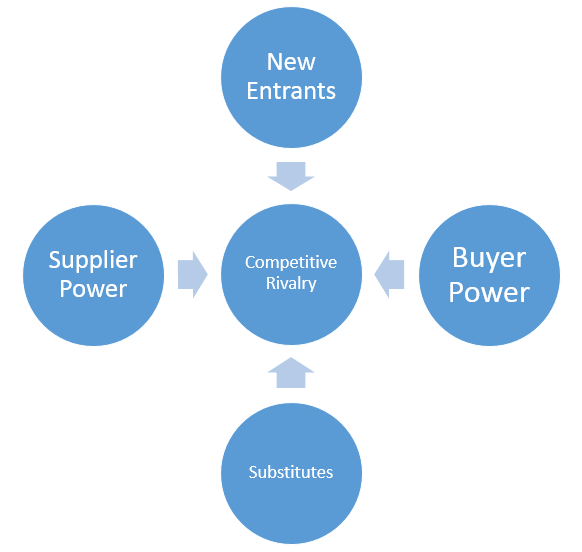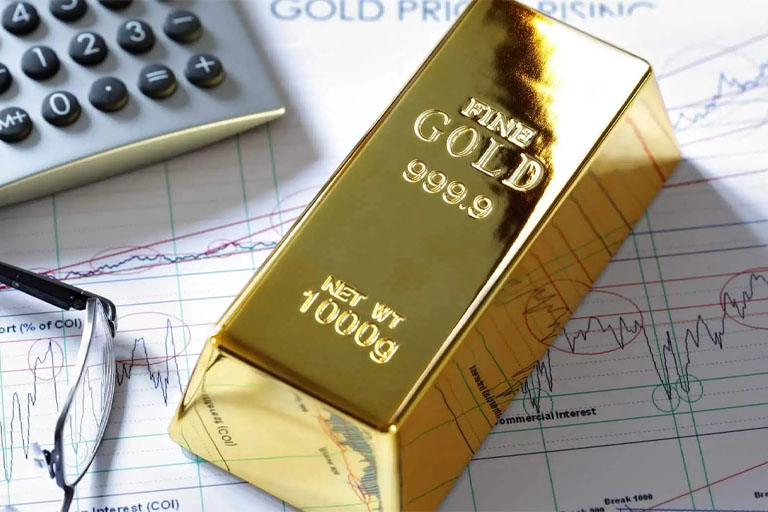Contents
Doji candles are formed when the market opens and closes at the same or almost the same level. The pattern is formed by combining three consecutive candlesticks. The first candle is a bearish candle, second candle is indecisive evening doji star candlestick in nature and third candle is bullish in nature. The second candle should generally be either a doji or a spinning top candlestick. Different merchants will have their own preferences regarding what patterns to observe for when looking for to detect pattern modifications. Similar to the engulfing sample, the Piercing Line is a two-candle bullish reversal sample, also occurring in downtrends.

A candlestick pattern is a way of condensely presenting certain information about a stock. Specifically, it represents the open, high, low, and close price for the stock over a given time period. In addition to the disclaimer below, please note, this article is not intended to provide investing or trading advice.
Evening Star Candlestick Pattern: Overview, Types, Example
However, the probability of success increases if the other technical conditions also coincide with it. So, in case of high volume, along with the third candle, this pattern is formed at major supports/resistance levels, etc. The normal practice is to take positions at the end of the third day or at the beginning of the fourth day.

This candle opens with a gap-up price and maintains the gap during close. Specifically, if there is a doji star that has a gap before and after it it should be a major bottom. This pattern is referred to as an abandoned baby bottom (see Exhibit car scrap rate 5.16). The abandoned baby is like a Western island top or bottom where the island session would be a doji. Another measure of reliability is the extent to which the body of the third candlestick maps to the body of the first one.
Hanging Man Candlestick Pattern
This is the sign of a trend reversal and this is how a Doji Star Bearish Candlestick Pattern is formed. A bullish Marubozu candle means that the opening price of the stock is the low price of the day and the closing price is the high price of the day. This candlestick pattern is also easy to identify as they occur frequently in the charts.
But, after this excitement, the market/stock does not move and closes by forming a Doji/Spinning Top. D) The third day should open higher compared to the previous day’s close and continue to move up, ending the day with a long-bodied green candle. These are variants of ‘star formation’, which occurs when there is a visible gap between the real bodies of the previous candle and the newly formed small-bodied candles.
- Since it is not a very strong pattern, investors and traders should have a tight stop-loss arrangement in place.
- Evening star patterns are governed by the nature of control of the bears versus the bulls.
- At the top of the trend, a long green candle of the bullish trend can be seen.
- A bullish candlestick pattern that develops over three days is called the morning star.
- So the 1st candle is a bullish candle, 2nd candle is a doji or a spinning top.
The star does not need to form below the low of the first candlestick and can exist within the lower shadow of that candlestick. Formation with bearish MACD divergence in 1Hr time frame at the HH of uptrend. Bullish reversal pattern, followed by cup and handle and breakout with massive volumes. The first candle in the pattern, is in continuation of the prior trend, the market opens high, makes a new high and closes near the high point of the day.
NMDC Multiple Announcements: Iron Ore Price Revision, LIC Cuts Stake & More
The morning star pattern is the exact opposite of the evening star pattern. For a morning star, the first candle is a red candlestick, followed by a small one, which is called a start, and then a large white candle. After getting the visual confirmation from this chart, the trader should find confirmation from other technical indicators. After the trader is assured of the trend reversal, he/she initiates a short/ sell trade just below the third candle of the evening star pattern on the next day. When the overall trend is in uptrend and a doji appears, then it is a sign of topping out. Anyway, we must wait for a confirmation candlestick after the doji.
Analysts and traders have found that they occur under specific market conditions. The interpretations of market situations tell us that there is a high probability of stock prices behaving in a specific way. The continuation of a trend grows firmer when the counter or index witnesses gaps. In morning star, one can see a gap up close and in Evening Star a gap down close. Finally, entering into the third day is initiated by a gap down, which is a bearish signal. The bears are unable to push prices down and the gains experienced on the first day are neutralized.
What stock will grow the most in 2022?
- Bank of America's Best Growth Stocks of 2022.
- Amazon.com, Inc. ( AMZN)
- Constellation Energy Corp. ( CEG)
- FleetCor Technologies (FLT)
- Alphabet Inc. ( GOOG, GOOGL)
- Halliburton Co. ( HAL)
- Johnson Controls International (JCI)
- Meta Platforms Inc. ( FB)
A Morning star is a bullish three candle pattern which is fashioned on the bottom of a down move. The first candle in the morning star formation is a giant bearish candle which clearly defines the down move. The diagram above tells us the structural components of an ideal Evening star candlestick pattern. The presence of a small candle in this pattern indicates that gloomy days are ahead. Similar to the star burning in the evening sky, this small star or Doji-like pattern is unmistakable in the chart.
Tutorial on Evening Star Candlestick Pattern
This pattern, consisting of three candlesticks, can be seen in the chart. The bullish candle on the first day represents market control by the bulls and clearly https://1investing.in/ indicates that new highs were achieved. But from the very beginning of next candlestick, Sellers overpower the Buyers and takes the charge to open gapped-down .
Is it good to buy very bearish stocks?
Although some investors can be ‘bearish,’ the majority of investors are typically ‘bullish.’ The stock market, as a whole, has tended to post positive returns over long time horizons. A bear market can be more dangerous to invest in, as many equities lose value and prices become volatile.
The gap between the real bodies of the two candlesticks is what makes a Doji or a spinning top a star. The second candlestick is the star, which has a short real body that is separated from the real body of the first candlestick. The gap between the real bodies of the two candlesticks distinguishes a star from a Doji or a spinning top. Here are some charactertsics of evening star pattern that makes its visibility more reliable. This candlestick pattern has both advantages and disadvantages. The Evening Star flag pattern chart frequently appears in charts and has well-defined entry and exit levels.
Bearish Engulfing Candlestick Pattern
Opposite of an evening star candlestick pattern is the morning star candlestick pattern, which is considered as a signal for reversal of a downtrend. Used for describing a wide variety of market trends these patterns are consulted frequently by technical traders. But it requires skills and detail understanding to be able to interpret candlestick patterns. In this article, we will discuss the evening star candlestick pattern and how to interpret it in a chart. Bearish Belt Hold is a bearish reversal pattern, showing in an uptrend. In this sample, the day opens at its high level, but then worth falls and closes near its low, not essentially on the lows of the day.
The long bullish candle formed on the 1st day shows buying acceleration. On the 2nd candle of the pattern, the market opens with a gap up reconfirming the bull’s stance in the market. However after the encouraging open the market/stock does not move, and sees a selling pressure. On the 3rd candle of the pattern, the market opens gap down and progresses into a red candle.
It shows buyers are not interested in buying at that price level. Like if this pattern is formed at the top of a downtrend together with oversold condition then it further strengthen strong sell signal. If it is formed in an downtrend or in a sideways marketit is of little significance. Evening Star Candlestick Chart Pattern by itself is useful in confirming trend reversal but one has to see the overall market and other technical indicatorsfor its strength and reliability. There are many candlestick patterns and I can explain these patterns but this will not give us our target. On the second day of the pattern , the market gap opens which reaffirms the bulls trend in the market.

Later the bears gather strength and bring the price down near the opening price. If the candle closes below the opening price, it turns red or if closes above the opening price, the candle turns green. This diagram above shows how the evening star looks in the candlestick chart.
The doji is completely contained inside the prior candlestick’s physique. The harami cross pattern suggests that the earlier development may be about to reverse. The bullish sample alerts a potential worth reversal to the upside, while the bearish sample indicators a possible price reversal to the draw back. The Hammeris a bullish reversal sample, which alerts that a inventory is nearing bottom in a downtrend. It is advisable to enter a protracted place when the worth strikes higher than the high of the second engulfing candle—in different words when the downtrend reversal is confirmed. Candlestick charts are useful for technical day traders to identify patterns and make trading selections.